

It can be satisfying to have a fully stocked refrigerator, but packing it to the brim can actually cause more harm than good. When your fridge is overloaded, it becomes harder for cold air to circulate. This uneven cooling can lead to hotspots and food spoilage. Blocking the airflow also puts extra strain on the fridge’s compressor, which can hike up your energy bill and even reduce the lifespan of the appliance.
Experts suggest maintaining some space between items, especially around air vents, to ensure that cool air can flow freely. A good rule of thumb is to keep your fridge around three-quarters full. This keeps it running efficiently while giving you enough space to see what’s inside.
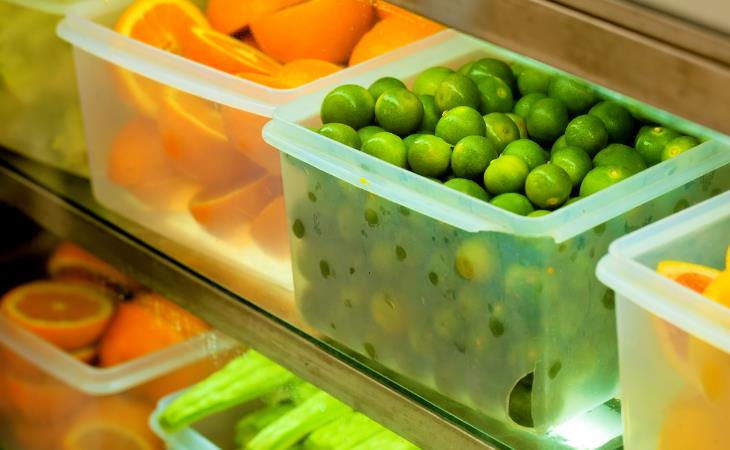
The crisper drawers in your fridge aren’t just there for extra storage—they’re designed to keep produce fresh for longer by controlling humidity. Vegetables typically need higher humidity to stay crisp, while fruits often do better in a lower humidity setting. Most refrigerators allow you to adjust the humidity in the crisper drawers, so it’s worth setting them properly to avoid food waste.
For the best results, place leafy greens, carrots, and celery in the high-humidity drawer. Fruits like apples, pears, and berries should go in the low-humidity drawer. Understanding and utilizing these settings can make a noticeable difference in how long your fresh produce lasts.
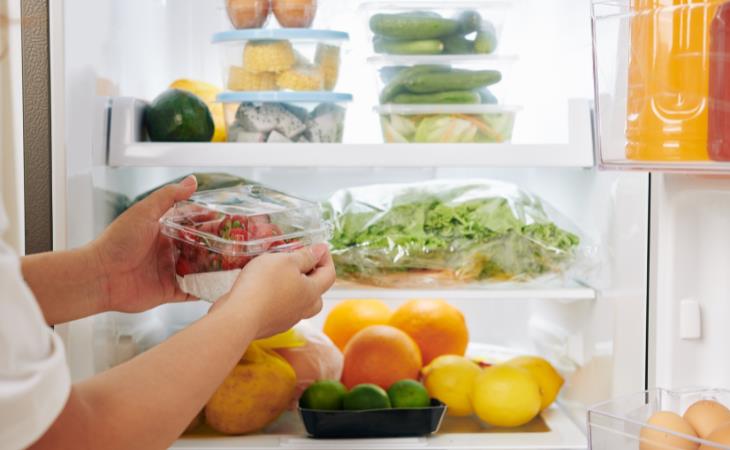
Not every food item needs to be refrigerated, and some foods actually lose quality when kept too cold. For instance, onions and potatoes should be stored in a cool, dark place rather than the fridge. Cold temperatures turn the starch in these foods into sugar, making onions soft and potatoes taste overly sweet. Tomatoes, avocados, and bananas are also better off outside the fridge, where they can ripen naturally without losing flavor and texture.
One quick tip: If you’re unsure whether to refrigerate something, check the packaging or consult a reliable source. By storing food where it belongs, you can maintain its freshness and flavor.
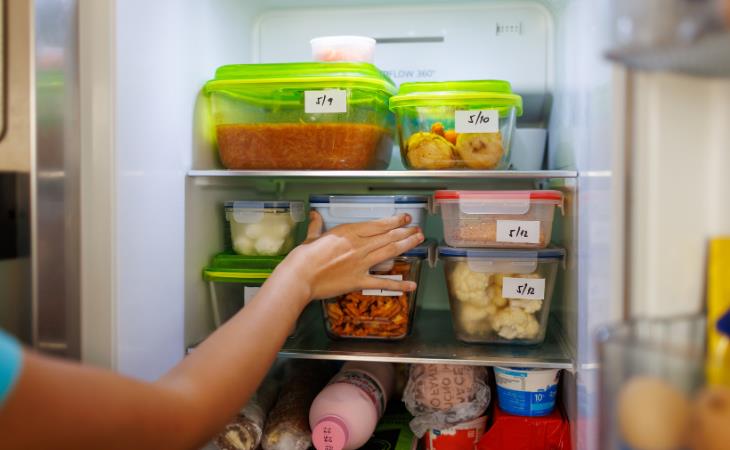
It’s all too easy to put leftovers in the fridge without noting when they were made. However, forgetting dates can lead to accidentally eating spoiled food or, more commonly, tossing perfectly good leftovers out of caution. Most cooked foods are safe to eat for about three to four days, but keeping track can be tricky without a system.
A simple fix is to keep a roll of masking tape and a marker handy. Label each container with the date it was prepared so you can see at a glance how long it’s been in the fridge. Not only does this reduce waste, but it also keeps your fridge organized and safe.
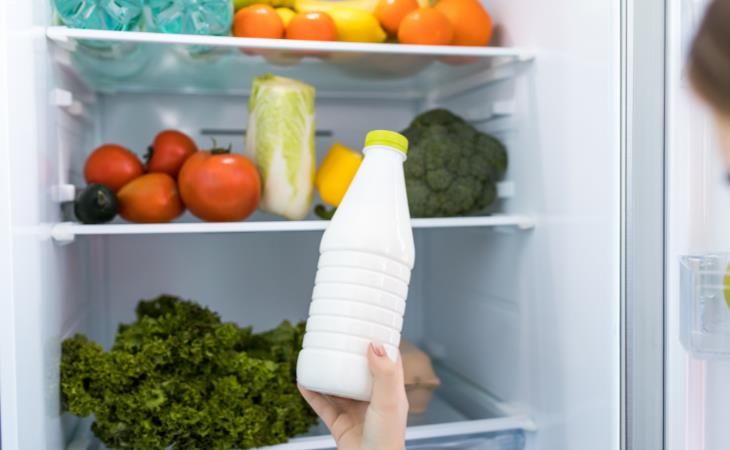
While it might seem logical to store perishables like dairy and fresh produce out of the way in the back of the fridge, this can actually lead to food waste. When items are out of sight, they’re often out of mind, meaning they’re more likely to go bad before you get around to eating them.
Instead, keep perishable items like milk, yogurt, and fresh fruit near the front. This way, they’re easy to see and reach, and you’ll be reminded to use them up before they expire. For longer-lasting products like condiments and sauces, placing them further back is perfectly fine.
Related: 7 Surprising Items That Should Be Kept in the Fridge
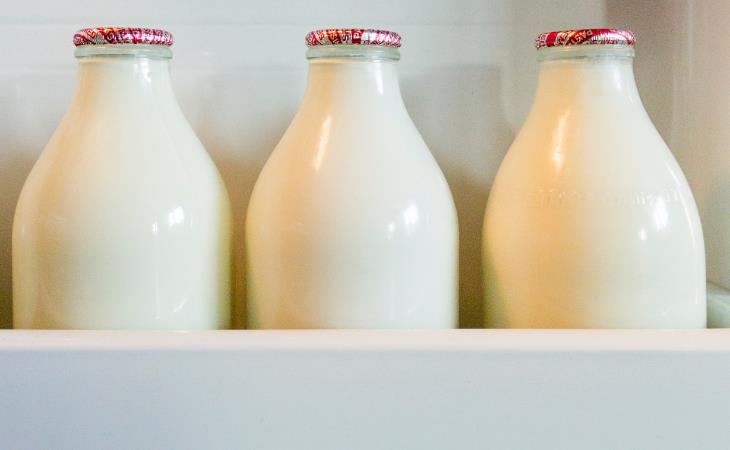
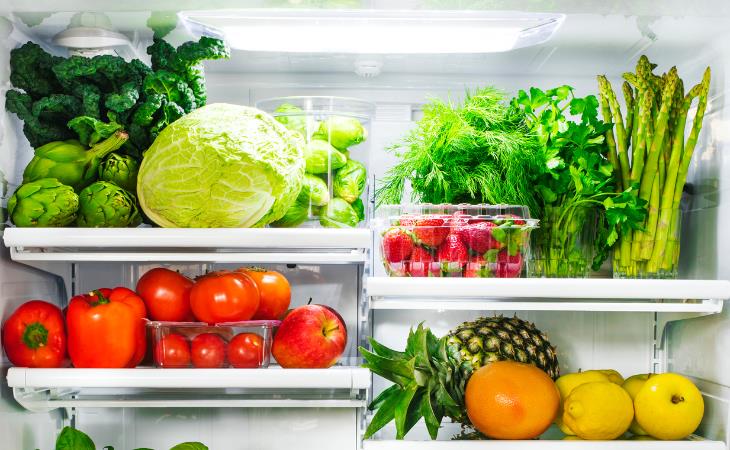
Storing fruits and vegetables together in the same crisper drawer might seem convenient, but it’s not the best practice. Many fruits, such as apples, bananas, and avocados, release ethylene gas, which speeds up ripening in nearby produce. This gas can cause ethylene-sensitive vegetables like lettuce, carrots, and spinach to spoil more quickly.
To avoid this issue, separate fruits and vegetables into different drawers. This way, your produce will stay fresh longer, reducing waste and saving you money on replacements.
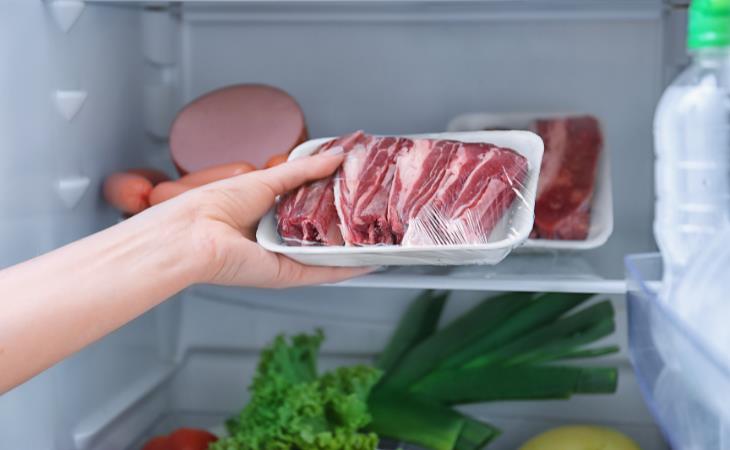
Raw meat, poultry, and seafood should always be stored on the lowest shelf of your refrigerator. This prevents any potential drips or leaks from contaminating other foods below. Cross-contamination can lead to foodborne illnesses, so it’s essential to keep raw meat in sealed containers or trays, particularly on the bottom shelf.
Besides minimizing risk, storing meat on the lowest shelf also takes advantage of the colder temperatures typically found there, helping to keep it fresh for longer.
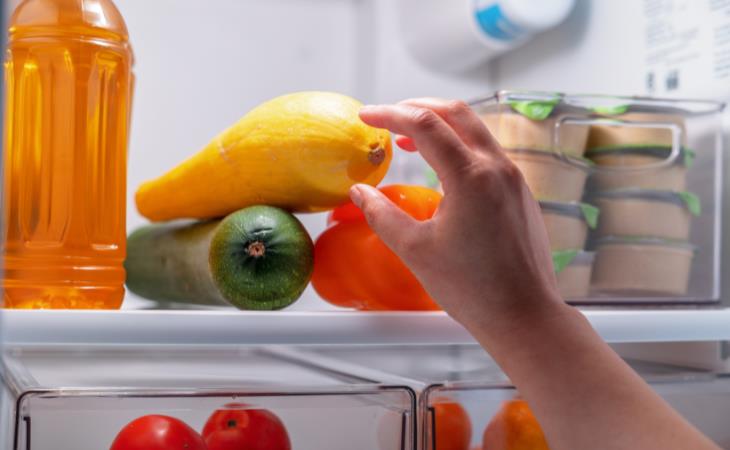
It’s easy to unpack groceries by placing new items at the front of the fridge. But doing so can mean older items get pushed to the back and forgotten. When that happens, the likelihood of spoilage increases, which contributes to food waste.
To solve this problem, try rotating items in your fridge by placing new products at the back and moving older ones to the front. This simple habit ensures that you use up food before it goes bad, saving you money and making meal planning easier.
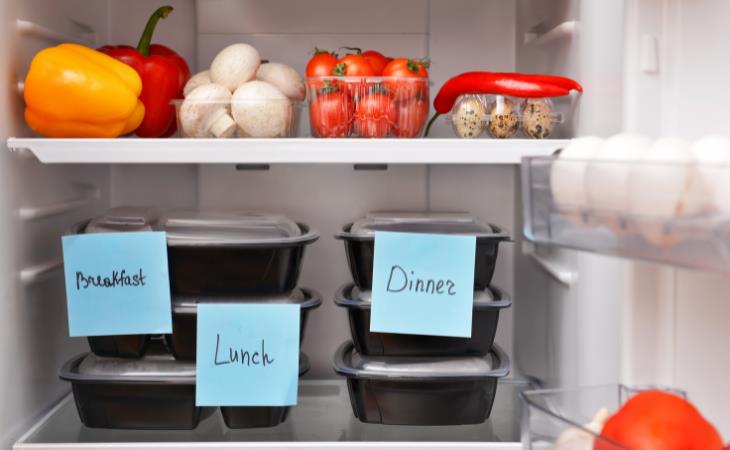
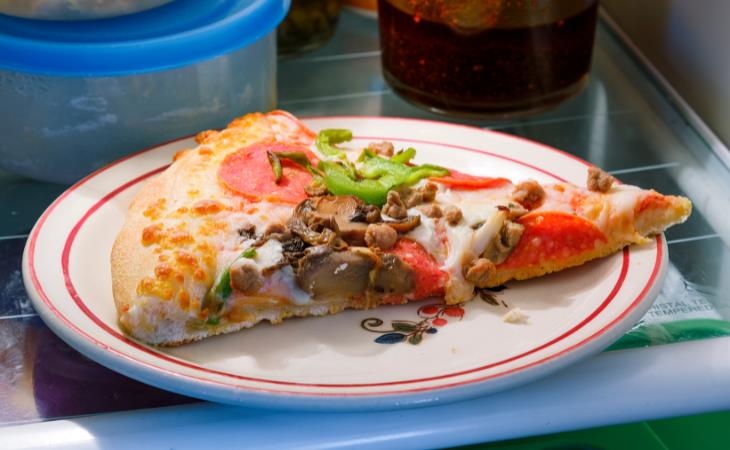
Have you ever tossed leftover pizza into the fridge without covering it? This can lead to not only unpleasant odors permeating through your fridge but also drying out your food. Experts suggest all food, including those tempting leftovers, should be stored in airtight containers or wrapped properly. This will prevent food from drying out, limit the spread of odors, and stop cross-contamination from other food items.
Make it a habit to always cover your food before placing it in the fridge. You’ll thank yourself later when you’re ready to enjoy your meals.
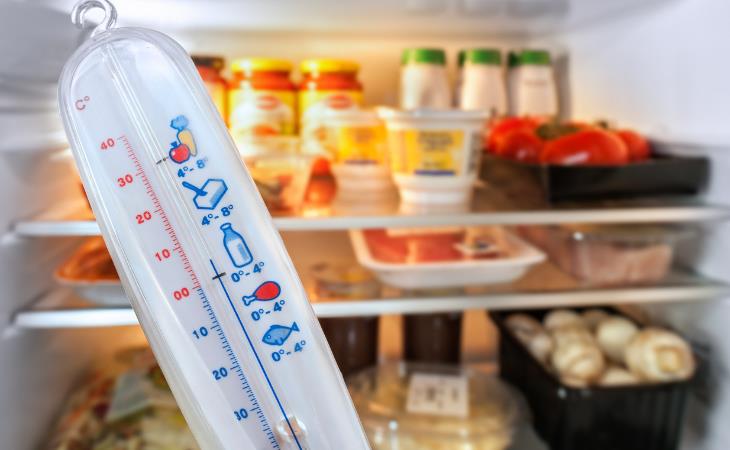
Finding and maintaining the ideal temperature for your refrigerator can be a bit of a challenge. Refrigerators should generally be set between 35°F and 38°F. If the temperature is too cold, your food can freeze. If it’s too warm, bacteria can flourish, making your food unsafe. Many refrigerators come with a temperature dial that can be confusing, so consider investing in a refrigerator thermometer to ensure accurate monitoring.
When loading up your fridge, be mindful of the temperature adjustments. Warm items can raise the temperature temporarily, which is another reason it’s essential to keep the fridge organized to allow for proper air circulation.
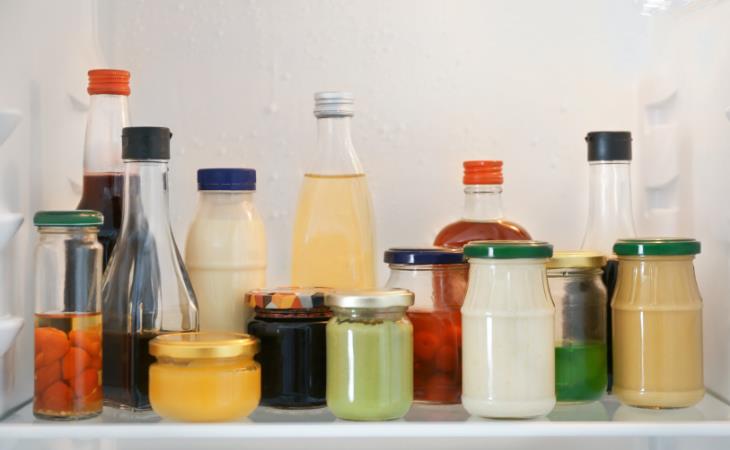
Condiments are staples in most households, but many people mistakenly stash them all the way at the back of the fridge. When your condiments are crammed in and out of sight, it can be easy to lose track of expiration dates. Experts suggest that condiments, which typically have a longer shelf life than fresh food, actually belong in the fridge door. The temperatures in the door are slightly warmer and fluctuate less compared to the main shelves, making it a perfect spot for ketchup, mustard, and sauces.
Take a moment to organize your condiments by placing them in the door for easy access while ensuring you can see what you have before buying duplicates.